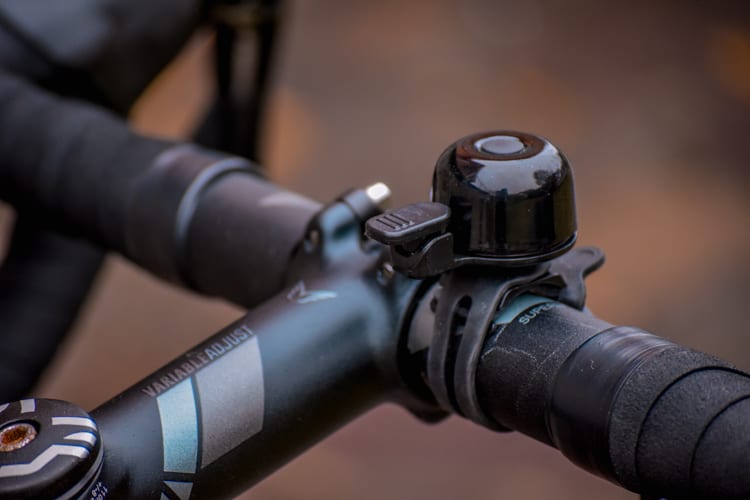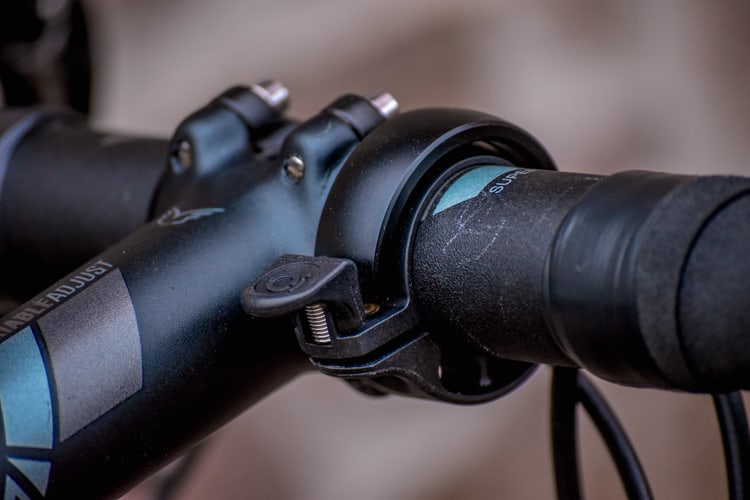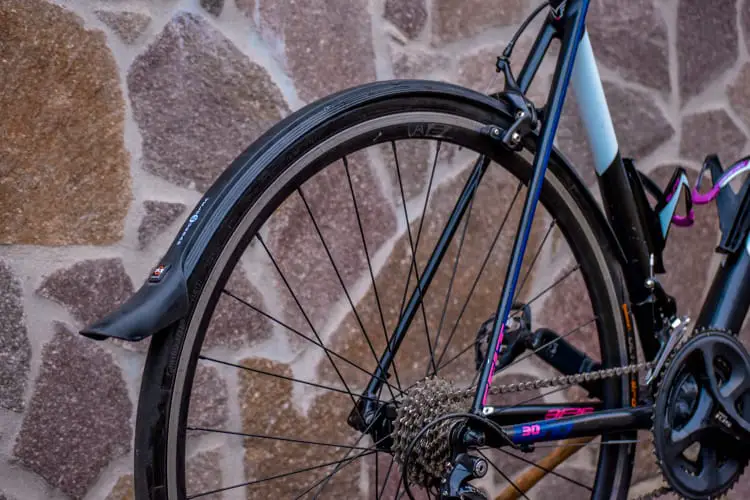Road Cycling is a fashion-sensitive sport, and road cyclists are fashion freaks. They won’t admit it, but it’s true. Every part of the equipment must match the overall image, and nothing can stand out unless it’s put there on purpose.
When you start cycling and tell yourself, “I’m not gonna be like them, that is weird,” but a few months later, you find yourself buying socks that match your bike color. Don’t worry, we’ve all been there.
Caring too much about looks on a bike often leads to sacrifices such as being wet, dirty, and even unsafe. But from time to time, we have a moment of greatness when we trust our common sense and put our comfort and safety first.
Cycling can be dangerous and uncomfortable if not done right, so companies from all over the world compete in the creation of accessories that will make cyclist life easier.
There is a flood of items for cyclists; some are good, others not so much. Some are good-looking, most are not. I picked six accessories that I think are useful but not used enough as they ruin the perfect image of the bike and the cyclist.
1. Bell

A cycling bell is one of the most useful accessories that you can get for your bike. When you ride in a city, it’s a lifesaver if you don’t want to step off your bike every two minutes when someone decides to walk right in front of you.
In the countryside, it’s less effective as there is a lot less traffic and people on the street, but it’s still handy from time to time. At least to greet other cyclists, if not for anything else.
I think all cyclists see some value in the bell, but the problem is that the bell is ugly, weird, and not very aerodynamic (yes, that is important). On the other hand, shouting at people to get out of the way is a bit nicer, just as weird, and much more aerodynamic, so most cyclists still choose that over buying a bell.
Bells come in all shapes and sizes. Some are big, and others are even bigger, so there really isn’t any space for them on our precious little handlebar. Still, if you’re mostly riding a city, I recommend buying one as your trips will be much safer.

There isn’t a bell that would make your bike look prettier, but one brand did come close. Knog’s Oi Bell is by far the most good-looking cycling bell out there, so if you are buying one, go with theirs. It is slick, almost unnoticeable, and thus perfect for the beauty-obsessed cyclist. It’s available on Amazon, so definitely check it out. I’ll admit I’m in love with it.
2. Turn signals

Cars have turn signals for almost 100 years, but cyclists are still stuck to hand signals. Showing the direction, you’re going by hand can be dangerous at high speed, so many cyclists decide not to do it. Consequently, they get yelled at by car drivers and, in some cases, even cause an accident.
Cycling light with turn signals is a simple solution to the problem. It’s mounted under the seat, while the remote is placed on a handlebar. With a push of a button, a cyclist can show the direction he’s going and prevent any potential troubles.
Higher-end lights with turn signals also have other light modes that keep you safe even further. Much like in a car, you can turn on hazard lights or make your rear light blink like crazy in case of low visibility.
In terms of ugliness, turn signals lights are not the worst. Higher-end models can be esthetically pleasing, and since almost every cyclist rides with a rear light, why not get one with turn indicators.
There are plenty of models on the market, but I would avoid the cheaper ones. Here’s why:
- They are ugly
- They are not remote-controlled
- They don’t have automatic brake lights.
Buy a higher-end model as they don’t cost more than $40. Remote-controlled turn signals are a must, in my opinion, while automatic brake light is a welcome addition.
My pick is Meilan X5. It has all the features you want and additionally offers a laser cycling line alert that marks your space on the road.
3. Fenders

If you ask a hundred people what’s the ugliest bike accessory, I guarantee most of them will answer fenders.
I agree, they’re not the best-looking thing out there but are one of the most useful. There is a thin line between coming home (relatively) clean and coming home covered in mud. It turns out this line is a fender.
It’s a simple solution to a serious problem. Rides are typically not too dirty in the summertime, while rides in autumn and winter can be a cleaning nightmare. After 10 minutes of riding, you will be unrecognizable, as your back will be full of mud and pieces of leaves. And don’t get me even started on the condition of the bike. NIGHTMARE!
Fenders make a big difference. They not only protect you and your clothes from the dirt, but they also protect your bike. That way, they help you extend the life expectancy of bike parts and the bike itself.
Now let’s talk about the looks. We already figured out that a bike with fenders is not as pretty as a bike without fenders. But the market is full of different types of fenders, and some can even be called stylish. They won’t make your bike look better looking, but at least they won’t make it ugly.
The ugliest fenders are the classic ones, but they’re also the most efficient. By ‘hugging’ your tire, they’ll make sure that not a lot of stuff laying on the floor will touch you. If you’re an efficiency over beauty kind of person, definitely buy this type.
Every other fender is losing efficiency score by gaining style points. That’s how it works; you can’t have both. For me, RBRL’s fenders are one of the best looking on the market. They don’t hide by the tire but rather stand out up in the air. And most important – straight as an arrow design makes them look fast.
I’ll admit that they are not as efficient as other models. The front fender could be longer, and the rear fender could be wider to catch even more dirt. They work fine but don’t expect to come home clean in very dirty conditions.
4. Rear-view mirror

Riding on a road can be dangerous. Cars are passing by, there are holes on the road, and you’ll have to dodge a dog that ran on the street from time to time. A lot is going on, so you need to be prepared.
The most dangerous combination for cyclists is potholes and cars. You want to dodge a hole, so you look over your shoulder to check if there’s a car. With every turn of the head, your bike will slightly change the direction, and if at that moment the vehicle is passing by… you can imagine what happens.
Rear-view mirrors eliminate the turning of a head part. Do you want to know what’s happening behind? Check the mirror. It allows you to stay on your line and therefore be less exposed to potential danger.
The rear-view mirrors are installed on the drops of the road bike handlebar. The end cap is removed and replaced with the mirror, making the installation process fairly easy.
There are a few different models of rear-view mirrors. Some serve as an extension of the handlebar, while others hang from the drops.
My favorite type is a collapsible mirror installed at the end of the drops that can be closed when not needed. It’s a bit smaller but still big enough that you can see everything you need.
5. Phone mount

If you’re serious about road cycling, you will buy a cycling computer at one point. But it’s not going to be your first investment, so until then, you’re doomed to use your phone.
Some people, including me, like to keep their phones in the jersey and check the numbers after the ride. But most cyclists want to know the speed, the power, and the distance at every moment, so having a phone at sight is necessary.
Taking the phone out of the pocket every minute is dangerous, so you need to find a better solution. The phone mount is just that.
If you open Amazon and search for bike phone mounts, you’ll get thousands of results. There are many varieties available, and some are better than others.
The most important feature is the waterproof case which significantly narrows the selection. The cheaper models are too big for my liking, so I suggest looking at more expensive models.
My pick is Quad Lock, as it’s by far the best waterproof case on the market, but it has one big flaw. The phone mounts to the bike via phone case, which is so stiff that taking it off after every ride is a no-no. It will become your everyday case, but it’s worth it.
You can get Quad Lock on Amazon, but be sure to get a complete kit, as parts (phone case, mount, and rain poncho) are also sold separately.
If you’re not prepared to spend so much on a phone mount (and I don’t blame you if you’re not), then I recommend getting something like Sptchapn’s phone holder. It’s significantly cheaper and therefore bigger, but it does its job.
6. Chain Cover

The only item on the list that can’t be used during the ride is a chain cover. The name suggests it covers the chain when the bike is stored or transported.
A simple piece of fabric placed over the chain will protect your bike parts from potential damage and keep your stuff clean and free of chain marks.
Evoc’s chain cover is the best as it also protects all of the drivetrain, not just the chain. As far as I’m concerned the price is fair. For a few dollars, you’ll never again have to clean chain marks from the back of your car. Sounds like a good deal to me.

